3D AEROWORKS PR1 Guide
Other 3D AEROWORKS Toy manuals
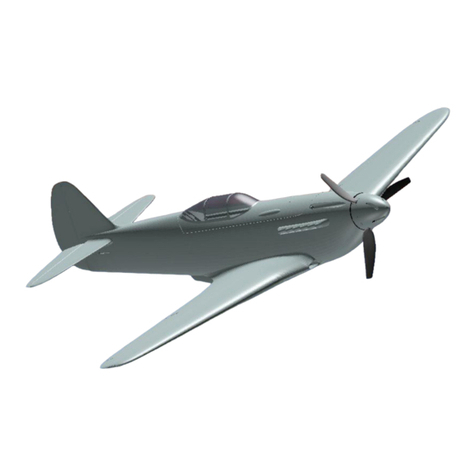
3D AEROWORKS
3D AEROWORKS Yakovlev Yak-3 Guide

3D AEROWORKS
3D AEROWORKS Focke Wulf FW190-D9 Guide
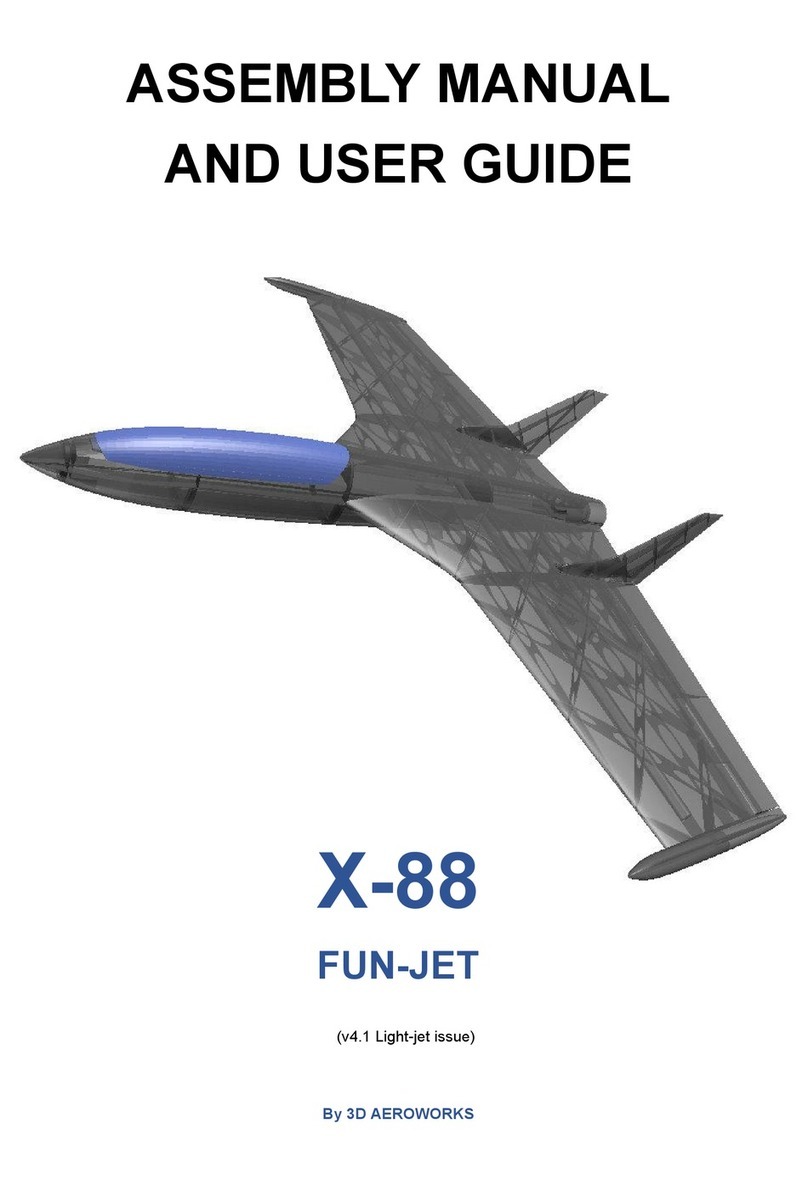
3D AEROWORKS
3D AEROWORKS X-88 Fun-Jet Guide

3D AEROWORKS
3D AEROWORKS Extra 500 Guide
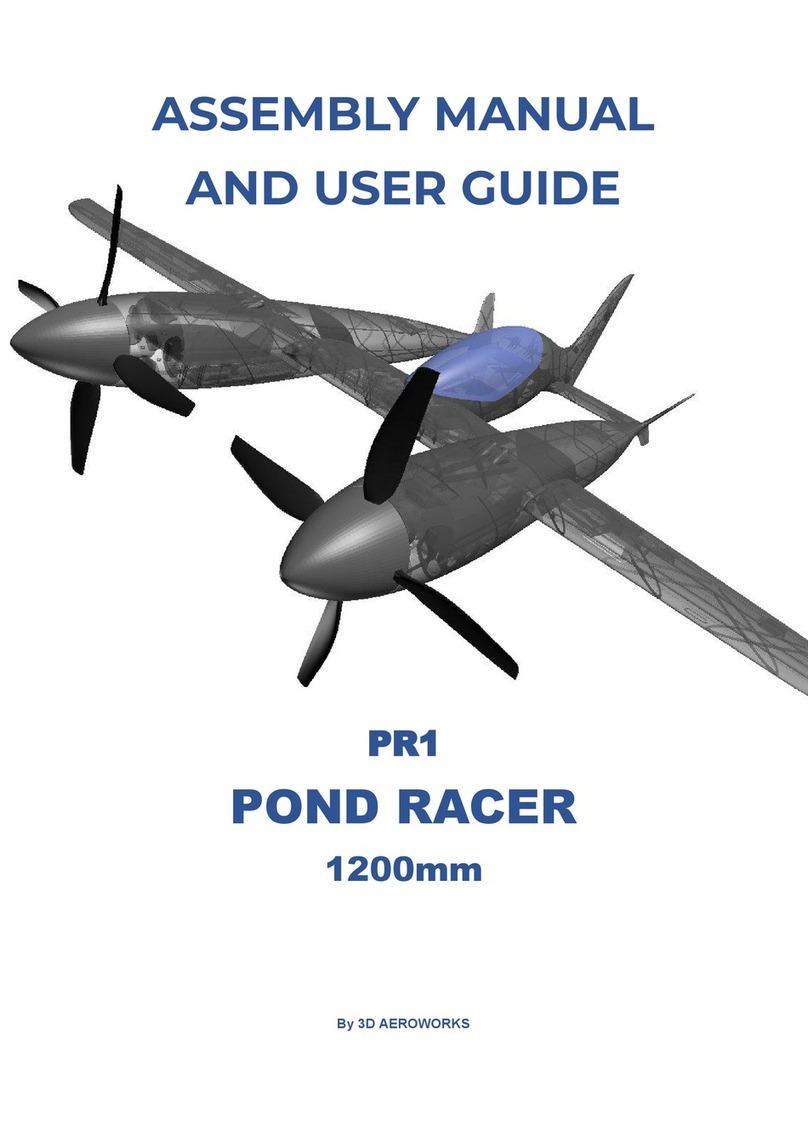
3D AEROWORKS
3D AEROWORKS PR1 Guide
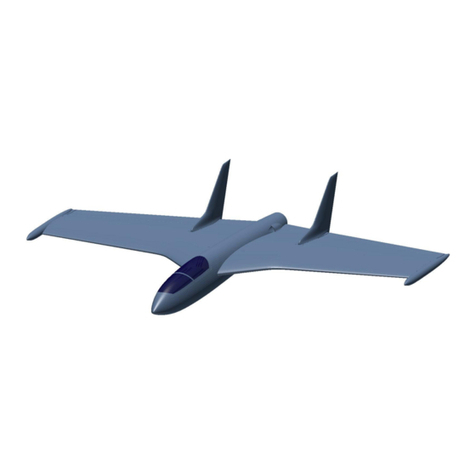
3D AEROWORKS
3D AEROWORKS FUN JET X-88 Guide

3D AEROWORKS
3D AEROWORKS Pilatus PC-21 Guide
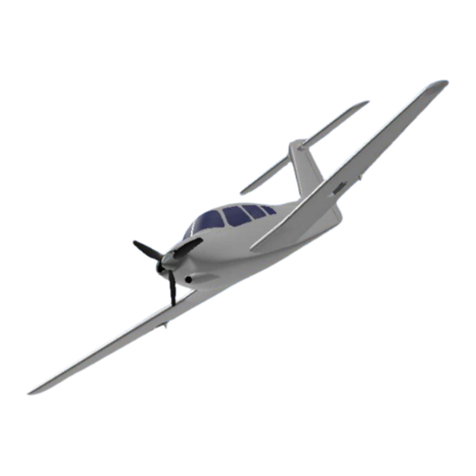
3D AEROWORKS
3D AEROWORKS Piper Turbo Arrow IV Guide
Popular Toy manuals by other brands

FUTABA
FUTABA GY470 instruction manual

LEGO
LEGO 41116 manual

Fisher-Price
Fisher-Price ColorMe Flowerz Bouquet Maker P9692 instruction sheet

Little Tikes
Little Tikes LITTLE HANDIWORKER 0920 Assembly instructions

Eduard
Eduard EF-2000 Two-seater exterior Assembly instructions

USA Trains
USA Trains EXTENDED VISION CABOOSE instructions





















